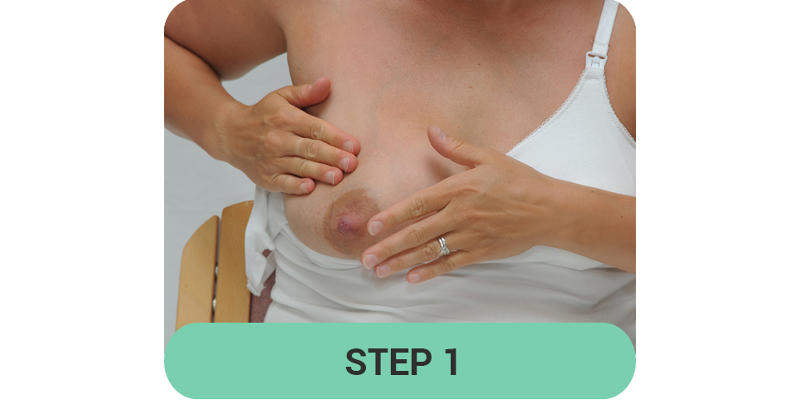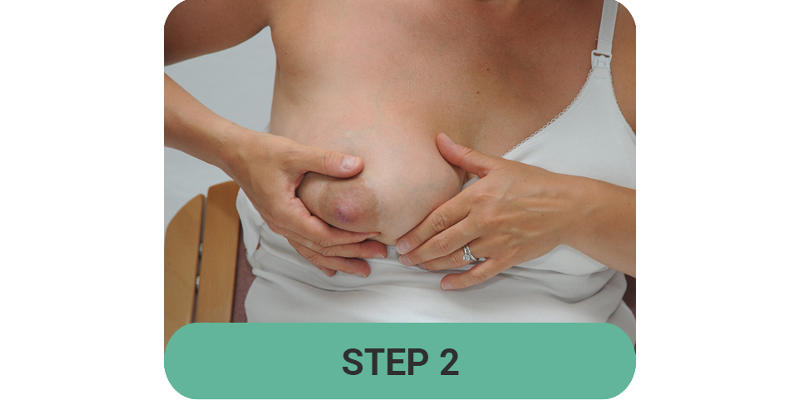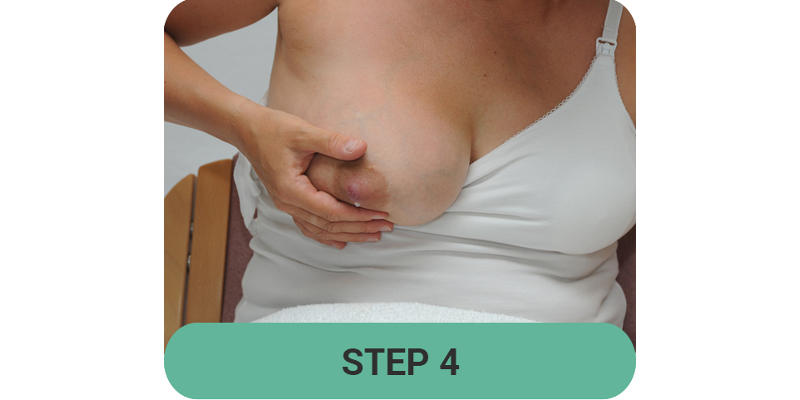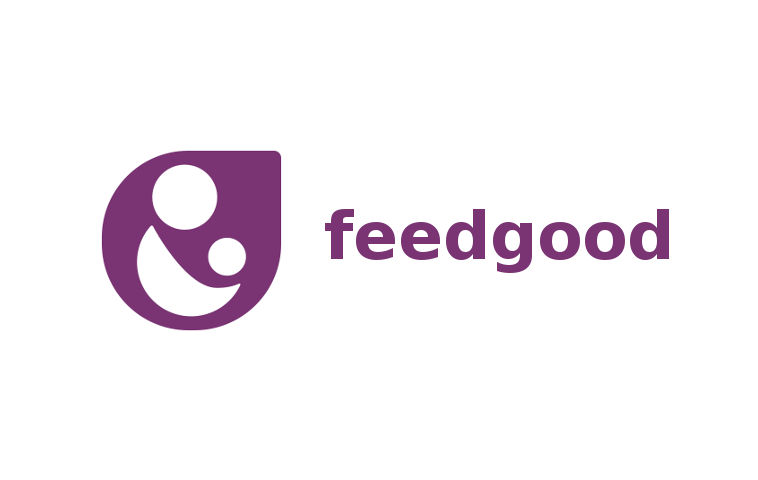There are lots of reasons you might choose to express your milk. Whatever the reason, expressing gives you a great alternative to breastfeeding.
Why express breast milk?
Expressing milk, where you collect some of your milk to feed your baby with at another time, can be the best option for many mums.
There are lots of reasons for expressing breast milk. Some mums don't really like the idea of breastfeeding, some babies are not well enough to feed and some mothers find breastfeeding too difficult or not for them. It may simply be the best option for your family, for example, so your partner can help with feeding, or you may not feel comfortable feeding when you’re out and about. You may wish to continue feeding your baby breast milk after you’ve gone back to work, or you may be planning a night out with friends.
Some mums choose to do a mixture of breastfeeding and expressing – it’s completely up to you. If you already know you'd like to express milk, talk to your midwife and make a note in your feeding plan.
How can I build my milk supply?
It's a bit easier to get your milk supply going if you breastfeed for the first 2-3 days, and your baby will instinctively look to do this during skin-to-skin contact just after birth. However, if it's not for you then just express from the start. Your baby will still get all the benefits of breast milk from expressed milk, and holding your baby close during feeding makes it a really comforting experience for your baby.
Try and make sure your baby is only fed by you or your partner at first. This will help make feeding a key time to build a special connection with your newborn.
How to hand express in 4 simple steps
Hand expressing is the easiest way for new mums to express their milk.
Follow the pictures and advice as you hand express the first few times. If you have any problems, speak to your midwife or health visitor.
Step 1
Start off by encouraging your milk to flow. Being near your baby or having a picture of them will help. Then begin gently massaging your breast and nipple to stimulate the hormones needed to release milk.

Photo of a women pressing on her breast
Step 2
Position your thumb and fingers in a ‘C’ shape, 2 to 3 cm back from the base of your nipple.

Photo of a woman squeezing her breast
Step 3
Gently press, release and repeat until your milk starts to flow. This may take a few minutes.

Photo of a women squeezing her nipple area
Step 4
When the flow slows down, move your fingers round to a different part of your breast and start again. Then repeat with your other breast.

Photo of a women squeezing her nipple area for milk
Using an electric breast pump
Using an electric pump is often the quickest and most efficient way for mums to express their milk.
Almost all maternity units have electric pumps for use in the unit. Some also have pumps you can borrow if your baby is in the neonatal unit or if you're having trouble with feeding.
However, if you choose to express your milk once you and your baby are back home you'll need to find your own pump. Buying a hand or a small electric breast pump, which runs on batteries or from the mains, is a good investment. You can also hire breast pumps from electric breast pump companies and some voluntary organisations.
How to set up an electric breast pump
Electric breast pumps branded either Medela or Ardo are most commonly used in Scotland's hospitals. This first video uses a Medela electric pump to show you how to set up an electric breast pump correctly – but both models are very similar, so the advice given should largely apply to Ardo pumps too.
How to use an electric breast pump
Once you're comfortable and the machine is set up correctly, this next video uses an Ardo electric breast pump to show you how to effectively express your breast milk.
How much should I express?
As a rough guide, a baby under three months will take 100-120 ml (3-4 ounces) of expressed breast milk per feed, and a baby over three months will take 150-200 ml (5-7 ounces) per feed. However, this is approximate and after a few tries you'll soon know how much your own baby needs.
How do I stop expressing?
When the time comes to stop expressing, it’s best to reduce the amount you express gradually, as stopping too suddenly can lead to engorgement and mastitis. Our page on stopping breastfeeding has more tips.

